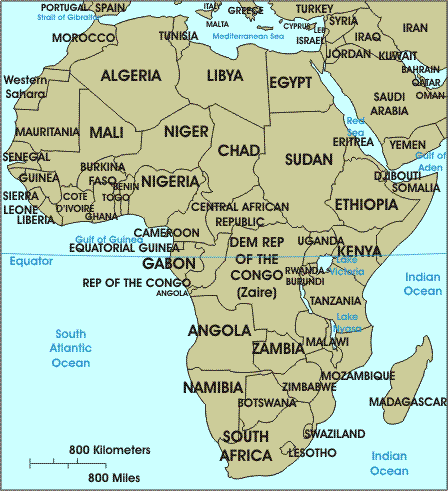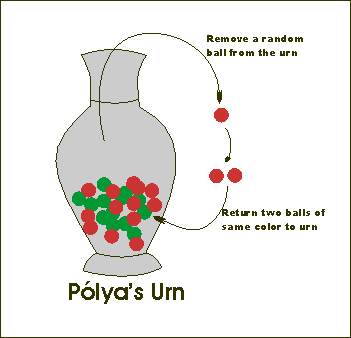

Originally Posted by
Justin '77

If I remember my T4T, it is..
And regarding their foreign relations, it's worth keeping in mind that, during their Crisis period, continuing into the right now, their next-door neighbors have been one by one pulled away from them into the lap of an increasingly unfriendly power. Remind me again how relations between the US and Korea went during our high?
Russia is it's own worst enemy though. Take the spying row with Georgia. Russia turned up the heat, and in response, Georgia has an even greater reason to bind its future to pursuing relations with the EU and NATO.
Though Putin's managed democracy has given the country some quotient of stability, I think most investors see Russia as a land of great opportunity that is closed to their investment in big capital (energy) projects and wholly unpredictable.
That's why countries like Ukraine and Georgia toy with the idea of NATO membership. Because Russia isn't making them any safer or richer, they think being a member of a club that involves what basically constitutes the "West" these days - the EU, the US, and Canada - will tell foreign investors that it's safe to pour money into T'bilisi and Kiev.
From all accounts I've read, Georgia and Ukraine are still considerably poor countries. It's not hard to see why they would want to attract foreign investment. NATO membership is a way to do that. It says, "relax investors, your capital is safe."
"It's easy to grin, when your ship's come in, and you've got the stock market beat. But the man who's worth while is the man who can smile when his pants are too tight in the seat." Judge Smails, Caddyshack.
"Every man with a bellyful of the classics is an enemy of the human race." Henry Miller.
1979 - Generation Perdu




